#if only the preview images on this post weren't all over the place
Photo



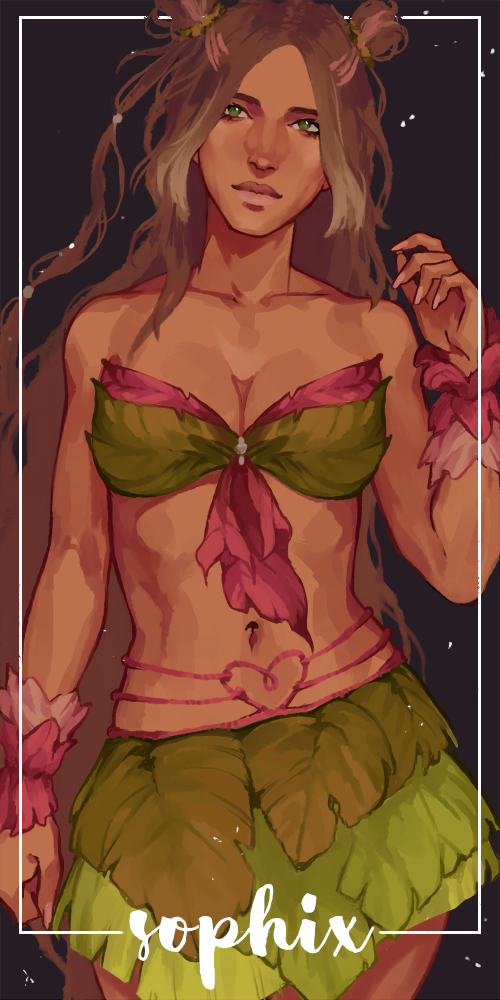
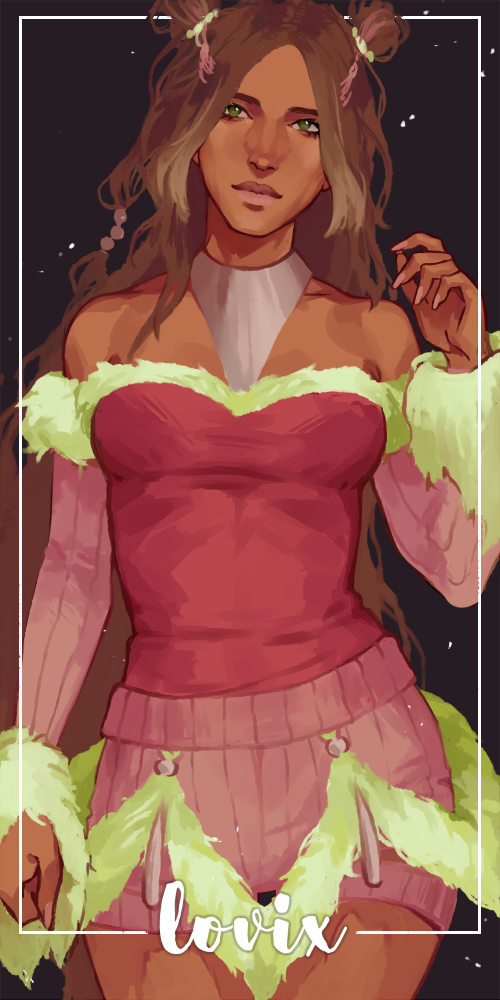
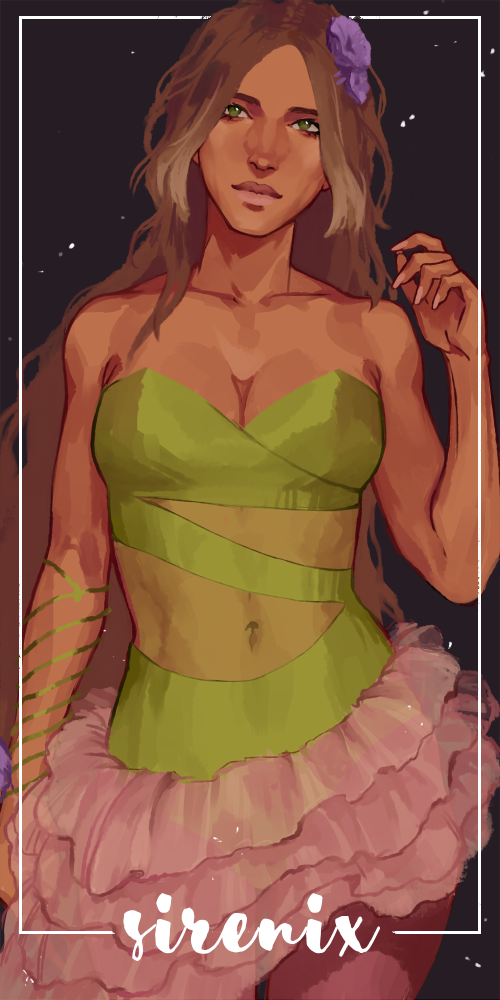

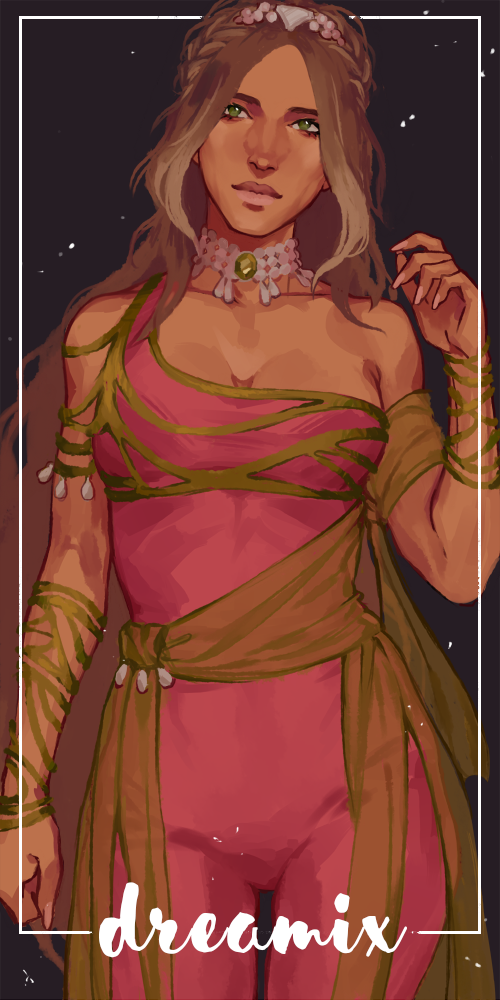
Transformation outfits: Flora
#winx club#flora#no wings cuz aint nobody got time for that :/#if only the preview images on this post weren't all over the place#THanKS TUmblr
4K notes
·
View notes
Text


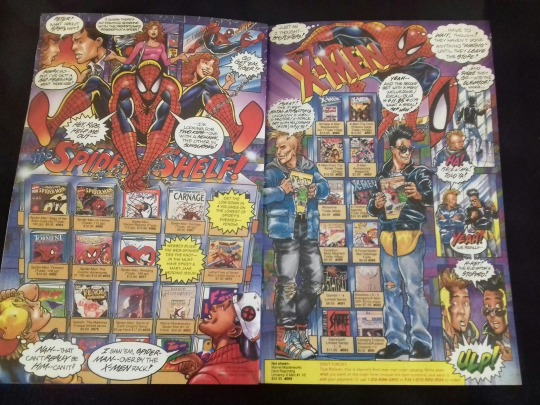
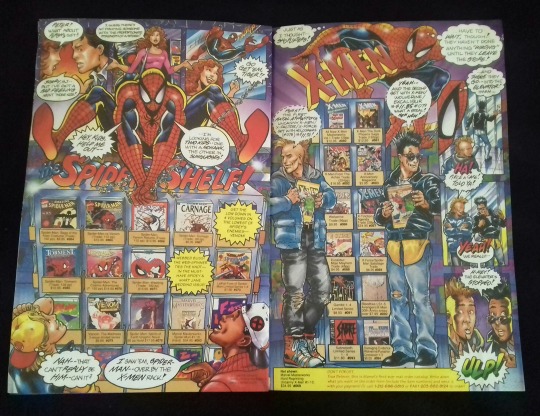
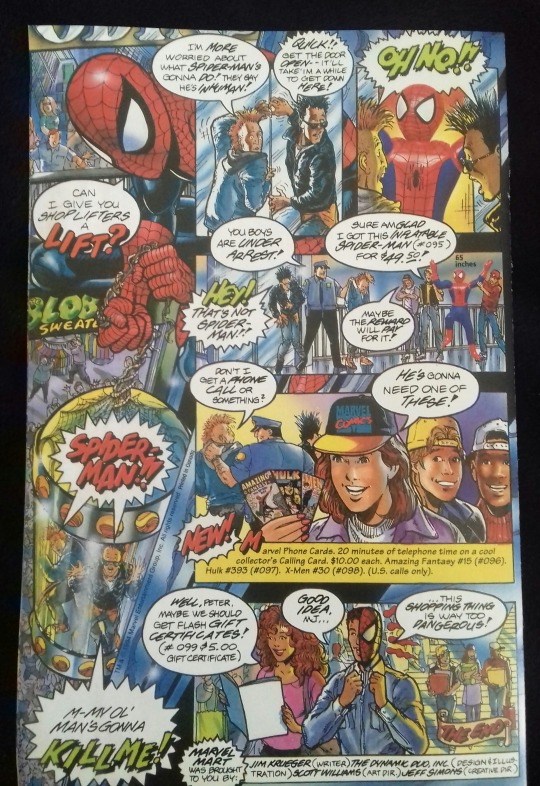
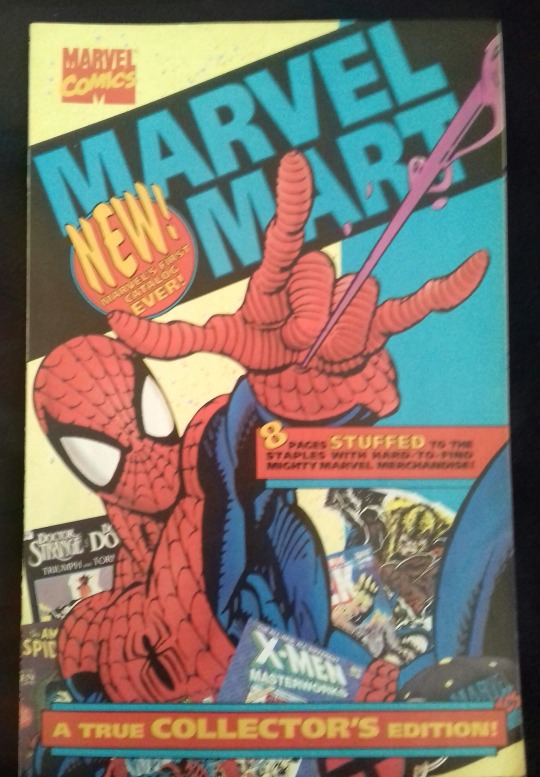
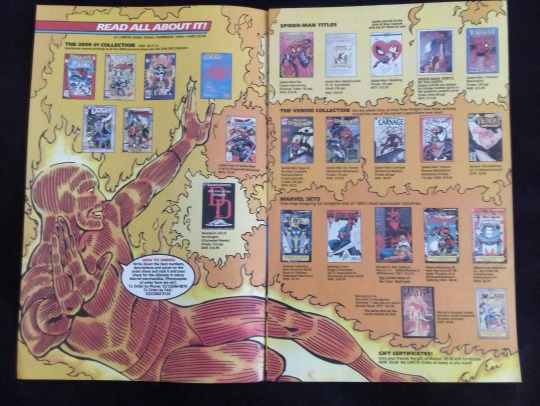
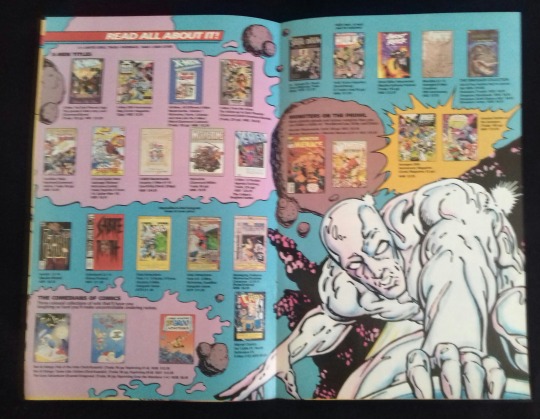

MONDO MARVEL MART!
'Target acquired, and it's the big one!'
- Iron Man, Marvel Vs Capcom 3.
Talk to a comic retailer whose been at the gig for more than a week, and introduce the word 'Diamond ' to the conversation. There'll be some kind of automatic reaction. Possibly a twitch, a flinch, involuntarily going into a diatribe involving missing boxes, inaccurate invoices, lost stock or even dropping so many copies of an issue of 2000AD into a puddle that it creates a national shortage, inadvertently invoking a premium for an issue.
It would be hard for any member of the comics community to have gone through their career without having some kind of altercation with Diamond. Previews serves the entirety of the Western World for new comics from all of the major publishers. It'd be a miracle if something didn't go wrong on a regular basis.
Inversely, you have to do quite a lot wrong to get your account with them cancelled. The distribution of comics is hardly a massive money spinner and each shop, especially for the UK wing is precious income not happily abandoned.
Here's a hot take, though.
We don't blame Diamond for the state of affairs.
They were placed in a position of 'Grow Or Die' that saw them take on exclusive distribution rights for most of the large comics companies in a very short space of time without much thought to whether they'd have the staff, offices, vehicles or other resources to actually handle this monumental task for the foreseeable future. They didn't ask to be put in that place. They were forced into it.
We regard the formation of Image much the same way many journalists look at the assassination of John F. Kennedy; the singularity that changes the future in a number of ways that cannot be understated. The history of comics can simply be divided as Pre-Image and Post-Image. Every other publisher was affected by their existence, whether it was contracts, paper quality, exposure, standards and practice, artistic direction or otherwise. Some thrived briefly. Others, however...
Marvel's tin ear response to realising that their biggest, um, draws were leaving as a collective was dismissive and unfortunate, given the artists involved were the clear reason for their largest pre-order sales in decades. They declared that 'The characters were more important than the creators.' and set about with replacing the Image Seven with artists clearly told to emulate their predecessors as much as possible.
This didn't work.
Sales figures dropped. Marvel assumed that the novelty of Image would disappear quite quickly and all seven would be back, sheepishly, within a short period of time. Instead titles like Spawn and Youngblood sold in huge numbers and the Image Seven became famous in a way that comic creators hadn't been in such a way previously and certainly without a great number of respected works behind them first.
While Image took itself out of Malibu, added a ridiculous amount of titles to their solicitations and even hired a tourbus to promote upcoming crossover 'Deathmate' with Valiant Comics, continously promoted (unwisely, in retrospect ) as having strong investment potential by industry magazines and in house ads for companies like American Entertainment...things got worse for Marvel.
Despite an annual assault featuring polybags AND each book being a first appearance, the Spider-titles beginning to intertwine their stories and absolutely flooding the shelves with new titles in an attempt to tie up retailer budgets away from ordering not just comics from DC and Image but also new publishing initiatives from Dark Horse, Malibu, Continuity, Topps, Chaos and even Harris, it still didn't work.
Marvel had not only had their dominace of the marketplace shaken but had Ronald Perlman's huge financial debts to try to compensate for. They saw the hologram high price books that made up the Spider-Man 30th Anniversary celebration as a model for any character they could.
By 1994, Marvel decided to add another tactic to their attempt to reestablish dominance. Not content with assaulting the customer's budgets with endless spin off books, they also wanted to control how their books were sold to the audience.
In short. They decided they wanted to cut the retailer, with their choice of control of what they could stock, out of the relationship between themselves and the readers out of the equation.
By 1995, they were to manifest this desire by foolishly buying a small distribution company called Heroes World, who would solely provide retailers with Marvel Comics, cutting Diamond and Captial out of the picture. Anyone with a brain could see Heroes World weren't set up to carry that much product and deliver to so many locations.
While Marvel tried to deal with a situation that was beyond them, Diamond and Captial set about signing up publishers on exclusive contracts. Diamond had the larger budget and won that particular war by securing both DC and Image and eventually also absorbing Captial in July of 1996. When Heroes World collapsed in 1997, Marvel would go back, tail between legs, to their now sole distribution competitor Diamond.
Which puts us where we are now. Diamond have that control due to the exclusivity contracts signed in the Mid 90s. Presumably these are permanent and even if they weren't, a new distributor would have a hell of a problem starting up without being able to secure product from the major producers of comics in the West.
There's an argument to be made for a collective starting out by translating huge selling comics that we never see in English speaking countries, but a hypothetical for another time.
Between the desperation of the 1993 polybagged annual shambles and the purchase of Heroes World, however, there was a significant clue to exactly what Marvel were up to.
Retailers receiving Marvel comics with the cover date May 1994 would have been annoyed to find an increased shipping charge. The first reason for that was a inserted preview for the Marvel Masterprints collection. $4.99 would secure a set of 6 by 10 prints featuring Mark Bagley Spidey art (Offer only good in U.S. UK retailers love paying added shipping costs for items and promotions that can't be redeemed in Great Britain . Honest.)
The second?
An eight page combination of comic and catalogue. Marvel Mart! 1 was published at a time when both Disney (long before buying Marvel) and Warner Brothers had their own stores offering up exclusive merchandise at high prices and this was obviously a goal for Marvel at the time.
MM1 takes us through a tour of a Marvel themed shopping centre with various branded stores (We personally loved 'Stan "The Pan" Pizza) as a group of hip young kids extoll their excitement at t-shirts, posters, stand ups, VHS videos, comic collection box sets with advertising and price in their dialogue. The sub-plot features Peter Parker and Mary Jane Watson looking for a present for Flash Thompson in this shrine to order codes whilst distracted by a couple of shoplifters straight out of any SNK beat 'em up circa 1993.
They're defeated by a combination of Spidey, a second inflatable Spider-Man and, um, an elevator. The story ends with the kids taunting the shoplifters with the idea that they buy some Marvel phone cards to call their lawyer while Mary Jane suggesting they buy Flash a Marvel gift certificate (ordering code in her dialogue, obviously. )
What's troubling about this is many of the items in MM1 were either not being offered to direct market retailers at the time or were being offered to the public much cheaper than RRP. Again, via an insert that comic shops would have to pay shipping for. Presumably the mail order catalogue would have been the first step in pulling customers away from direct market shops via cheaper or exclusive items and onto these proposed stores where, obviously, the brand of Spider-Man on an item would be a more significant selling point than Todd McFarlane, Mark Bagley or Steve Ditko.
The bitter irony of all this is that all the progressive material published in this time, like Ren & Stimpy, Beavis and Butthead, the Disney adaptions, Prince Valiant, Marvel Music and Barbie are long out of print.
We're inclined to think there's probably a larger audience for a trade paperback of Barbie Fashion than wants to see reprints of Fantastic Force or Hulk 2099 that's being constantly ignored. Maybe that's where the future is, looking for the untapped readers rather than attempting to drain every last penny or cent out of the readers who're already here.
That's it for now. Obviously the images of the two Marvel Marts are shot from a camera phone because bizarrely, despite searching for over a year, we couldn't find any legal scans of these books and you'd be surprised how difficult it was to find copies of the original comics that still contained these. As we get the opportunity to scan the pages online properly, we will. When we were still drawing up topics for Mondo Funnybooks, this was one of the things we wanted to cover the most as it doesn't seem to have been remembered very well so it's a pleasure to get to the other side of this subject.
In case we don't do this again before the 25th (the next thing ought to be an overview of the completed Doomsday Clock series but that's obviously down to issue 12 shipping.) We'll wish you all a Merry Christmas and a genuine thank you to people who have supported this via shares or our Patreon, which helps pay either for daft comics to research or in some cases, food. May we all end up singing Christmas carols with Batman and The G.C.P.D.
'You'd better TERMINATE that tingle, Buster!'
0 notes